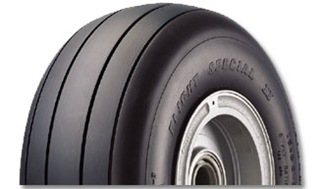EAA has recently mentioned NeverWet – a product based on nanotechnology that might one day be your aircraft’s only answer for how to repel water, prevent icing and stop corrosion. Not only that, NeverWet could even make your aircraft self-cleaning. Just take a look at this short demonstration video about the new technology:
NeverWet is the result of three years of work by a dozen scientists working for Ross Nanotechnology, a division of Ross Technology Corporation in Pennsylvania. Ross Technology sells steel products and they were looking for a way to reduce corrosion on these products. When the company could not find a suitable coating, a Nanotechnology division was formed.
Specifically, the product developed is a silicon-based coating that conceivably has endless consumer and industrial applications – include applications for general aviation.
So how does NeverWet work? Under normal circumstances, hydrophilic surfaces (e.g. metal) have a high surface energy and a low contact angle – meaning water will spread across it without forming droplets. A perfectly superhydrophobic surface will force the water to bead into a sphere with a 180-degree contact angle while a newly waxed car and Teflon will have contact angles of 90 degrees and 95 degrees respectively. However and according to its developers, NeverWet has a contact angle ranging from 160 degrees to 175 degrees.
In other words, NeverWet forms an air barrier between water and corrosion. Moreover and if its applied inside a pipe or tube, the liquid inside will move faster as its rubbing against air rather than the side of the pipe or tube.
NeverWet will be available next year and its developers are planning both a spray and a paint. Hence and for general aviation, just imagine the possibilities (if the product works as its developers claim it does): No more worry about ice forming on the wings, less drag or corrosion from water and easier cleaning of bugs or dirt.
